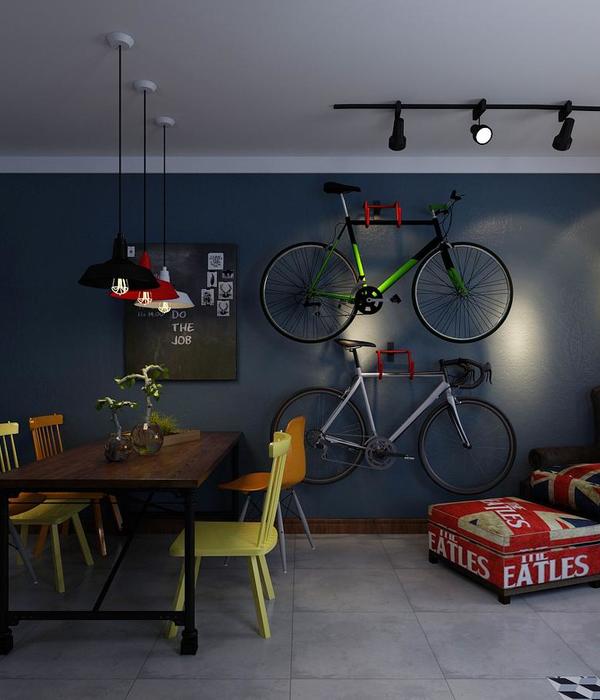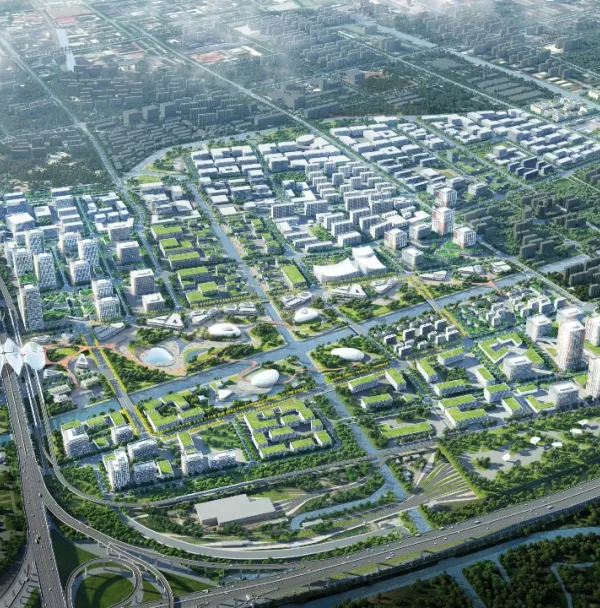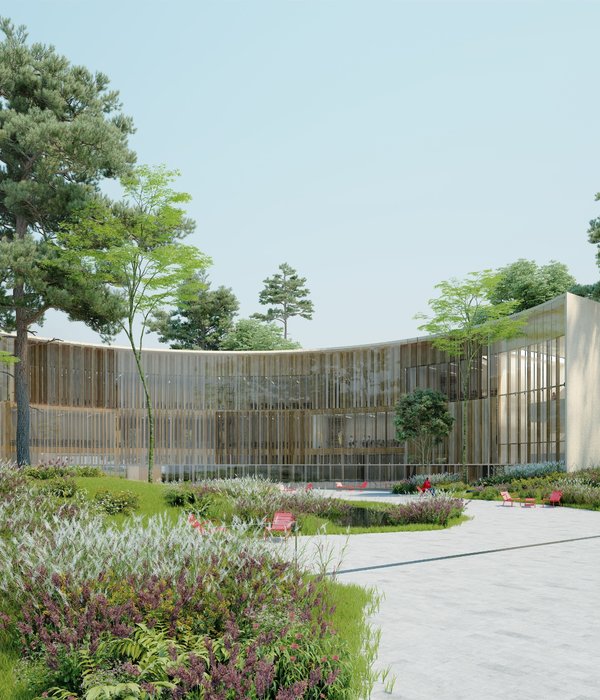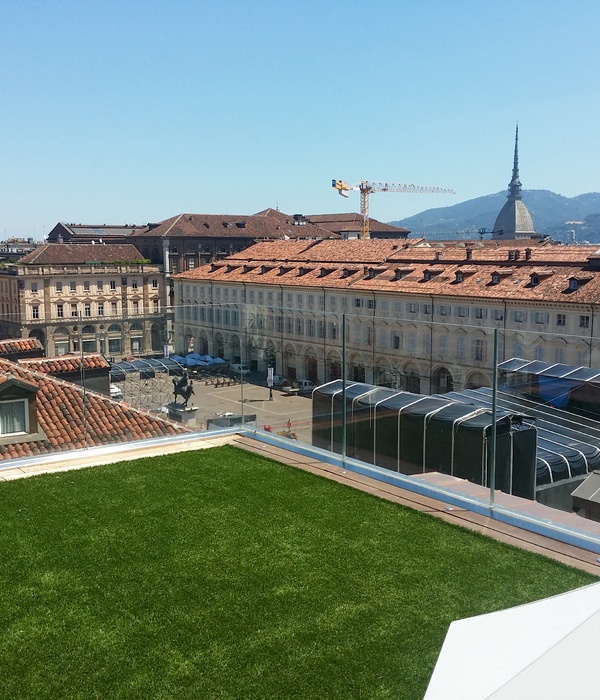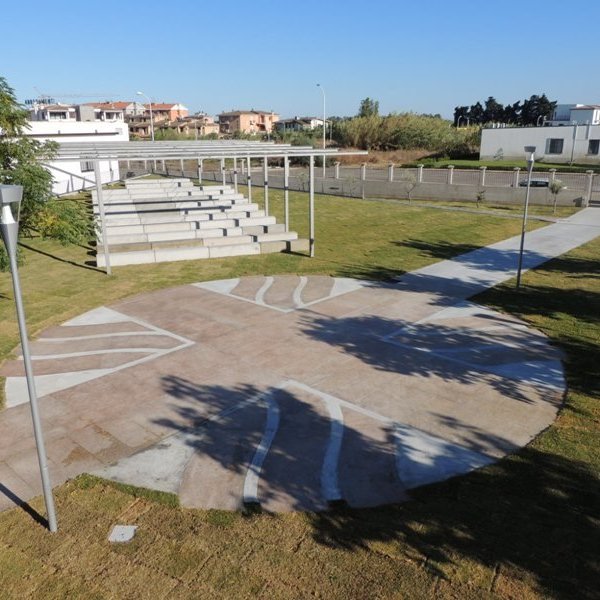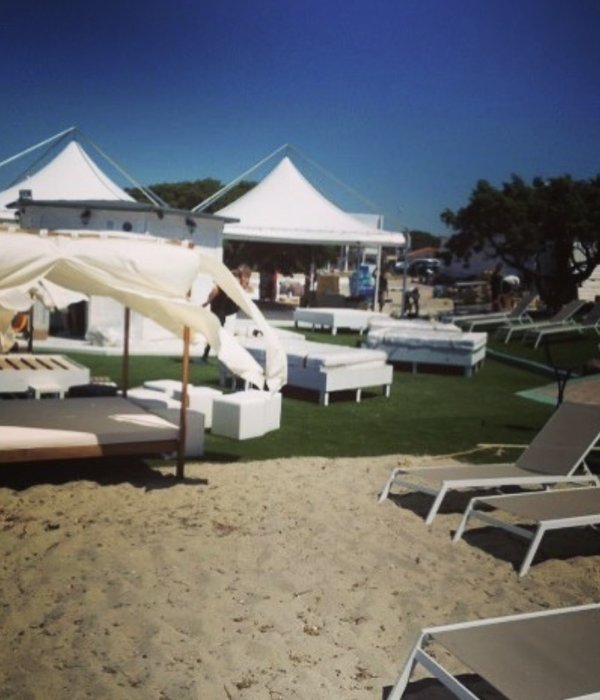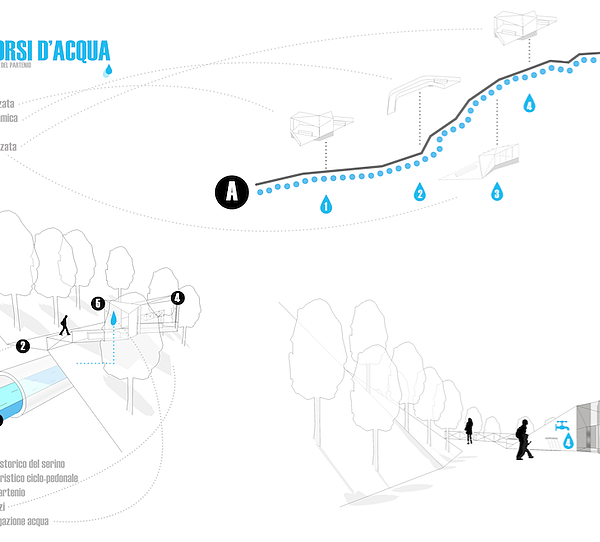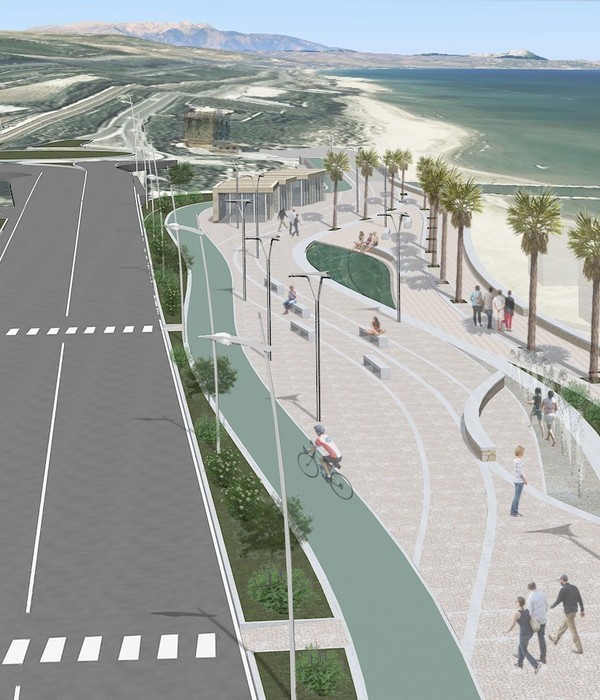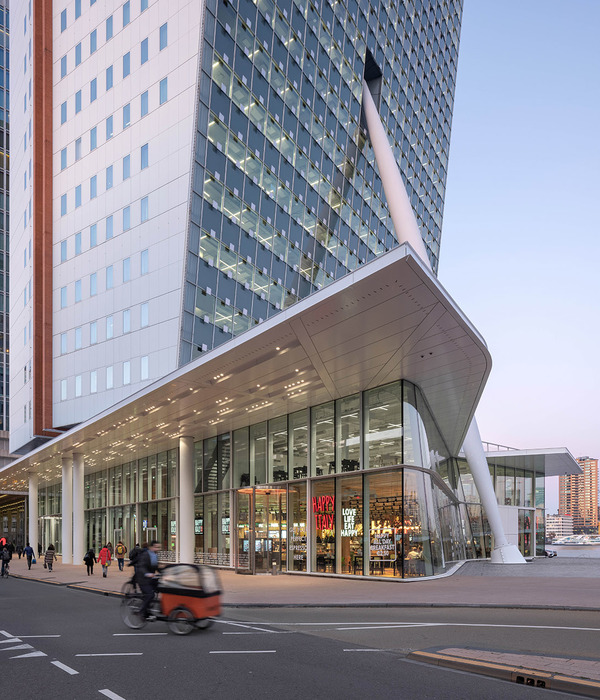The Linz bridge project not only raises the question of the relationship to the geography of the river but also the relationship with the city. We had to find a solution to combine the river and the city in the same project. The Linz bridge embraces the landscape from bank to bank to strengthen the City / Nature and City / City links.
We took into consideration the relationship with the bridge next to it: the existing bridge is made of two piles with hanging cables, which gave a very important vertical sign in the sky over the river. So that we decided not to add verticality in this landscape but to consider the development of the bridge in relationship with the horizon.
The structural design of the new bridge comes from a very old system known as a double cantilever. We have reinterpreted this classical device introducing a variety of curves along with the supporting structure and along the deck. This gives the bridge a delicate variation of curves, and the variation of flexion in the members is related to the variation of inertia of the sections.
This dialogue between forces and geometry maintained the rationality of the structure but allows a large part of freedom in the way we constitute the members of the structure with steel plates. The double curvature of the upper flange, the angulation of the webs, the disposition of the welding, the thickness of the steel plates give us a tension of the steel structure under the light, the variations, the darkness of the shadows.
The intersections of the main elements of the structure are concentrating forces and stress. They are specifically drawn to emphasize the continuity of the curves and they are made out of molded steel pieces.
At the different scales, from the geographical one to the closest one, the whole bridge has to be designed in detail including the fabrication constraints given to the structure vibrations under the lights and seasons, variations under the movement of the river, under the sunlight, and the artificial lighting for the night. The song of gravity should be heard through the structure, the movement of forces, thickness, and fragility, with always attention to frugality.
The bridge is adaptable and accessible to all types of transport. Special attention has been paid to footpaths and bicycle paths along the bridge. The transitions between the superstructures are marked by balconies. These extensions receive benches. In this way, the sidewalks become real public spaces that offer privileged points of view on the river and the city.
The lightness and transparency of the structure also allow different points of view on the river and the city. Our project fits into its site, taking into consideration the characteristics of its geography, that of the landscape, the river, and the city. This attention to the territorial scale and to users must provide the conditions for the coherence of this project.
▼项目更多图片
{{item.text_origin}}


